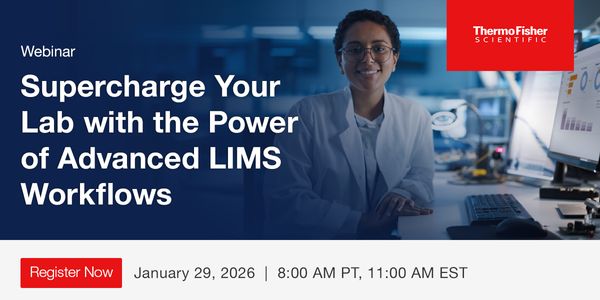Overcoming the challenges of pesticide detection in food: Integrated workflow solutions to screen and confirm multi-residue contaminants
-
Scott M. Peterman, PhD
Sr. Global Marketing Manager, Thermo Fisher ScientificBIOGRAPHY
Pesticides are routinely applied to crops to prevent or control pests and are therefore routinely tested for the presence of pesticide residues and to check for compliance with permitted Maximum Residue Levels (MRLs). Given the globalization of the food supply, the large number of pesticides used, and the number of samples to be analyzed, robust, accurate, reproducible, and cost-effective multiresidue methods are the preferred to maximize screening capabilities per sample. Liquid chromatography coupled to mass spectrometry (LC-MS) is the preferred method for performing multiresidue analysis due to the ability to screen and accurately measure 100’s of pesticides at or below MRLs with high confidence. Targeted analysis using selected reaction monitoring (SRM) on triple quadrupole mass spectrometers is the most common approach as state-of-the-art triple quadrupole mass spectrometers can successfully monitor over 500 compounds in a 15-minute experiment. SRM methods require the analyst to set up the instrument to screen for specified compounds requiring a priori knowledge of precursor/product ion m/z values as well as expected product ion ratios for confirmation. Recently, untargeted workflows have been developed based on high resolution/accurate mass (HRAM) analysis that does not require pre-defined compound lists. HRAM MSn analysis enables analysts to detect and characterize known pesticides as well as unknown compounds that may be associated with unregistered pesticides or breakdown products. Detection of such compounds can then be further verified and added to known pesticide lists through development of new standards. These two methods work in harmony to provide the most comprehensive workflow to address pesticide screening and enhance food safety. The presentation will cover each workflow from common sample preparation to the different data acquisition methods and automated data processing.
Learning Objectives:
1. Identify intelligent untargeted data acquisition routines
2. Define empirical data metrics used to confidently annotate unknown molecules
3. Explain current approaches to integrate results from untargeted sample analysis to targeted SRM panels for high-throughput screening/quantitation
Please update your information
Certificate of Participation
DOWNLOAD CERTIFICATE






